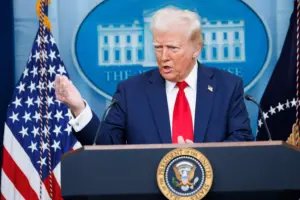Japan’s economy is under pressure from several directions. Real wages are falling, the U.S. is threatening new tariffs, and the country's growth is slowing. This comes at a time when Japan’s central bank, the Bank of Japan (BOJ), is trying to gradually move away from its ultra-loose monetary policy.
In May, real wages fell by 2.9% compared to the previous year, marking the fastest drop in 20 months. Even though wages have technically increased on paper, inflation is rising faster than people’s incomes, reducing the actual purchasing power of Japanese workers. This has continued for over 30 of the past 41 months.
Earlier this year, Japanese labor unions managed to secure the biggest pay raise since 1991, with average increases of around 5.25%. While this sounds promising, inflation continues to hover above the BOJ’s 2% target, reaching 3.5% recently. As a result, even with higher wages, people are still effectively earning less once inflation is factored in.
This mismatch between rising nominal wages and falling real income puts the BOJ in a tough spot. The central bank has long hoped that higher wages would lead to more spending, which in turn would boost the economy and allow for a gradual increase in interest rates. But with the economy now slowing, that plan has hit a roadblock.
Japan’s economy shrank by 0.2% in the first quarter of this year, the first contraction in a year. As a country heavily reliant on exports, Japan is vulnerable to any international trade disruptions. The U.S. government is preparing to impose a 25% tariff on Japanese imports starting August 1st, which could further weaken export demand.
So now the BOJ faces a dilemma. Should it raise interest rates to fight inflation, or keep them low to support economic growth? Raising rates might slow inflation, but it could also reduce consumer spending and hurt already struggling businesses. On the other hand, keeping rates low may allow inflation to stay high, further eroding people’s purchasing power.
In the face of uncertainty, some believe the best option for the BOJ might be to wait and see. With high inflation and weak wage growth, the central bank may choose to avoid any sudden moves, especially with the added complication of potential U.S. tariffs on the horizon.
In short, Japan’s central bank is walking a tightrope—balancing between supporting the economy and controlling inflation, while trying to respond to external risks like trade tensions. It’s a challenging environment, and the BOJ’s next moves will be closely watched both at home and abroad.





